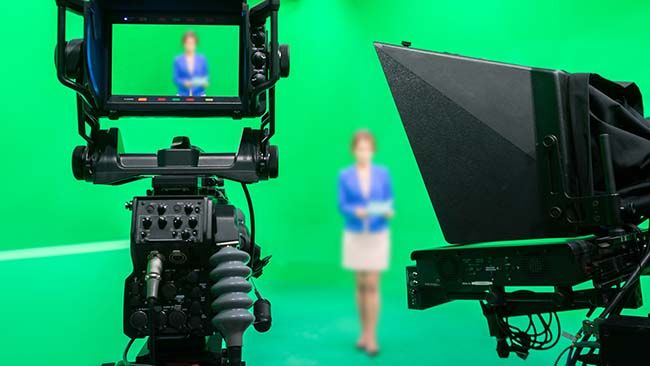|
Media Training eLearning
Learn from one of the world’s top media trainers, with 20 years’ experience coaching more than 2,000 spokespeople for interviews worldwide.
-
29 instructional modules and video case studies
-
8 hours of guided interactive learning
-
Lifetime access with regular updates
- Standard price $495 -- currently only $287
Course outline
The most comprehensive self-paced media training suite available anywhere online
The ISOC media training e-learning suite covers every piece of theory and best practice that we wish we had time for in face-to-face coaching. Fully overhauled and now in its sixth edition, updates for 2024 include technical setup for Zoom / Teams interviews and new interview formats in the post Legacy Media era.
Start the courseGlobal brands trust ISOC for communication training
Part one: Preparation
Organise your ideas with practical tools
This module covers how to plan what to say and how to say it for maximum impact.
You’ll learn how to plan your messages and how to organise your ideas ready for the interview.
This is where we cover all the strategic best practice, the theory and the corporate communications side.
We’ll look at messages: how to work with messaging documents if you have these provided to you, how to create and update your own messages if you don’t.
We’ll work on proof points – how to gather and develop the facts, examples and stories you need to back up your messages.
We’ll also touch on backup resources like Q&A documents, factsheets, talking points and jargon glossaries.
We’ll look at news values and dynamics. You’ll learn how journalists think and work, and how different media take different angles on a story. This is the key to preparing effectively and anticipating what will happen.
Then we’ll get rid of the information overload and pull all of this together in a simple, practical framework that you can actually use.

Part two: Body and voice
How to look, sound and feel your best
This module covers all things physical.
We’ll look at maintaining focus, avoiding distractions while you’re being interviewed (and how not to be a distraction).
We’ll work on where to look and how to sustain eye contact, gesture and posture.
How to sit, how to stand, where to look, what to do with your hands.
We’ll work on appearance – what to wear, colours, patterns, textures, makeup.
We’ll talk about the experience of being interviewed in different places and formats, and the differences things like location can make to your performance and how you come across.
When it comes to voice work we’ll talk about projection, volume, breathing, variety of pitch and tone. We’ll look at pace, and working with silence and pauses. You’ll learn how to warm up your voice, and a bit about how to work with different kinds of microphones.
Also in this section we’ll look at what kind of language and vocabulary, including how to generate good quotes and sound-bites. You’ll learn how to pitch your language at the right level of formality, and how to make interviews natural and conversational.

Part three: Performance
How to give a safe and effective interview
This is all about how to give a safe and effective interview. We’ll run through everything you need to know about how to manage yourself and the journalist and the situation, during the interview itself. We’ll talk about how to do your own last-minute preparations and how to prime your mind, body and voice to perform your very best.
Many people are nervous about being interviewed and the physical side of it can be a source of anxiety. I promise you this is something we can fix. We’ll talk about mental and physical techniques to channel anxiety into positive energy.
We’ll cover how to think during the interview, what to focus on, how to analyse and break down questions. We’ll look at storytelling and conversational messaging. You’ll learn how to be agile and proactive – the right kind of pushy. How to add energy and passion – even when you’re not feeling it.
This part of the course is mainly proactive – how to make the best of an interview in positive territory.

Part four: Challenges
How to handle difficult questions and situations
In the final section we look at how to handle more difficult situations including crisis interviews.
We’ll talk about how to navigate the dynamics of journalism – what’s really going on during an interview.
We’ll cover how to handle aggressive questioning and confrontational reporters.
You’ll learn to recognise and avoid common traps and pitfalls.
We’ll look at how to set ground rules for interviews and work around the conventions for speaking off the record or as an attributed source.
And of course, we’ll take a deep look at strategies and tactics for answering difficult and unwanted questions.
Start the course

